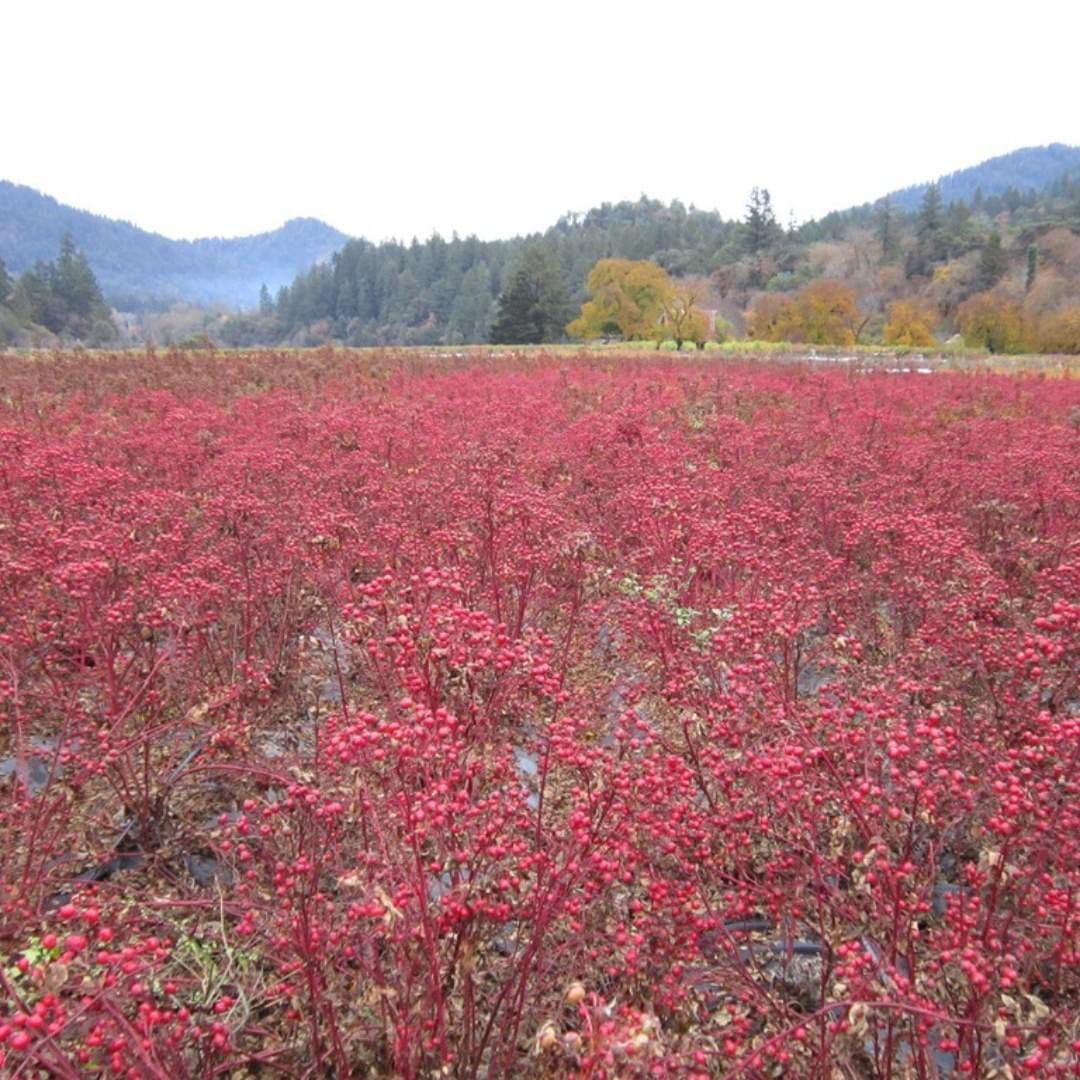It’s now been nine months — the duration of a typical human pregnancy — since the COVID-19 pandemic disrupted life as we know it. That seemingly endless stretch of time doesn’t even cover how long flower farmers, first in the Netherlands and then stateside, have been carefully monitoring and nurturing the tulips that will brighten homes and lift moods this coming winter.

Tyler Meskers, Oregon Flowers
In early spring, Dutch growers run cutting machines through their fields, lopping off flower heads to reinvigorate the still-living bulbs, which are sold to growers such as Tyler Meskers, vice president and operations manager of Oregon Flowers. “It’s a sad sight to watch, but also satisfying, because we know it results in hardier flowers,” Meskers said.
In addition to transferring energy underground, this practice helps farmers detect viruses and pests, so they can remove infected specimens. Following the late spring/summer dormancy, the bulbs are dug up, washed and graded, have their skins removed, undergo various treatments, are packaged by size and variety, and then loaded onto a container ship bound for Montreal. From there, they travel by train, plane and/or truck to reach individual farms.
Read more about the behind-the-scenes work that goes into growing top tulips and see all of the selected flowers featured in the story in the Nov/Dec issue of Floral Management magazine.
Katie Hendrick Vincent is the senior contributing writer for the Society of American Florists.







